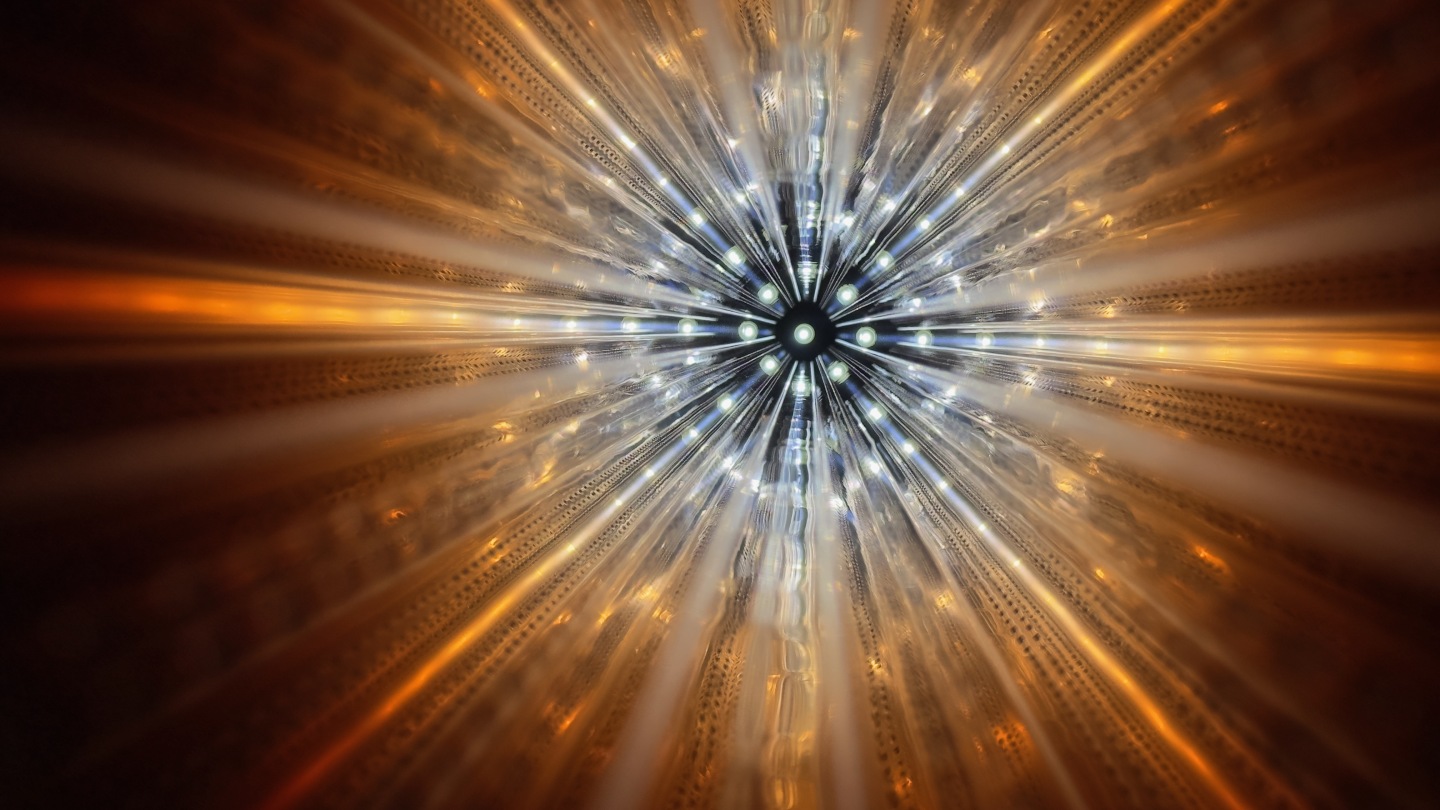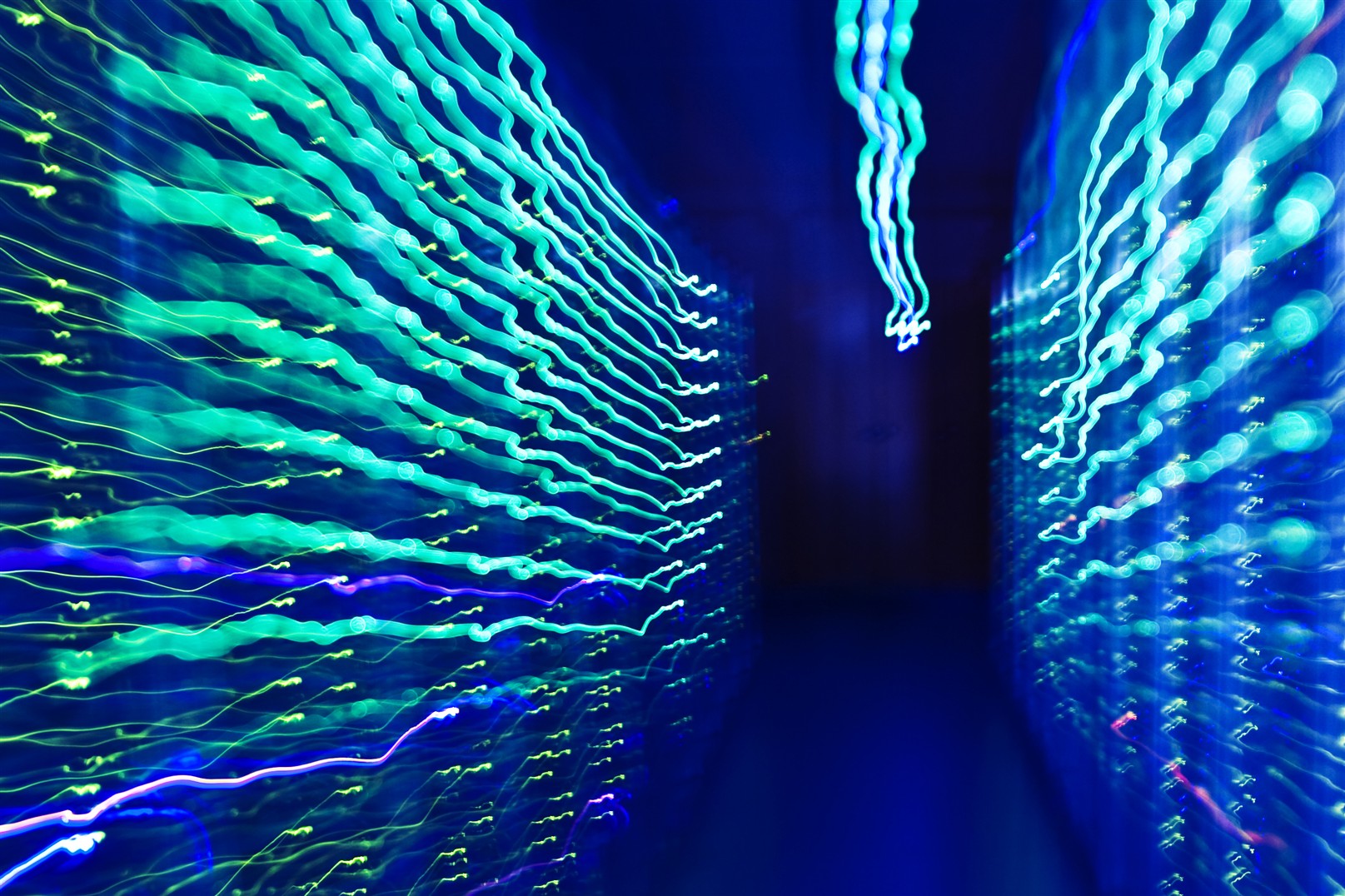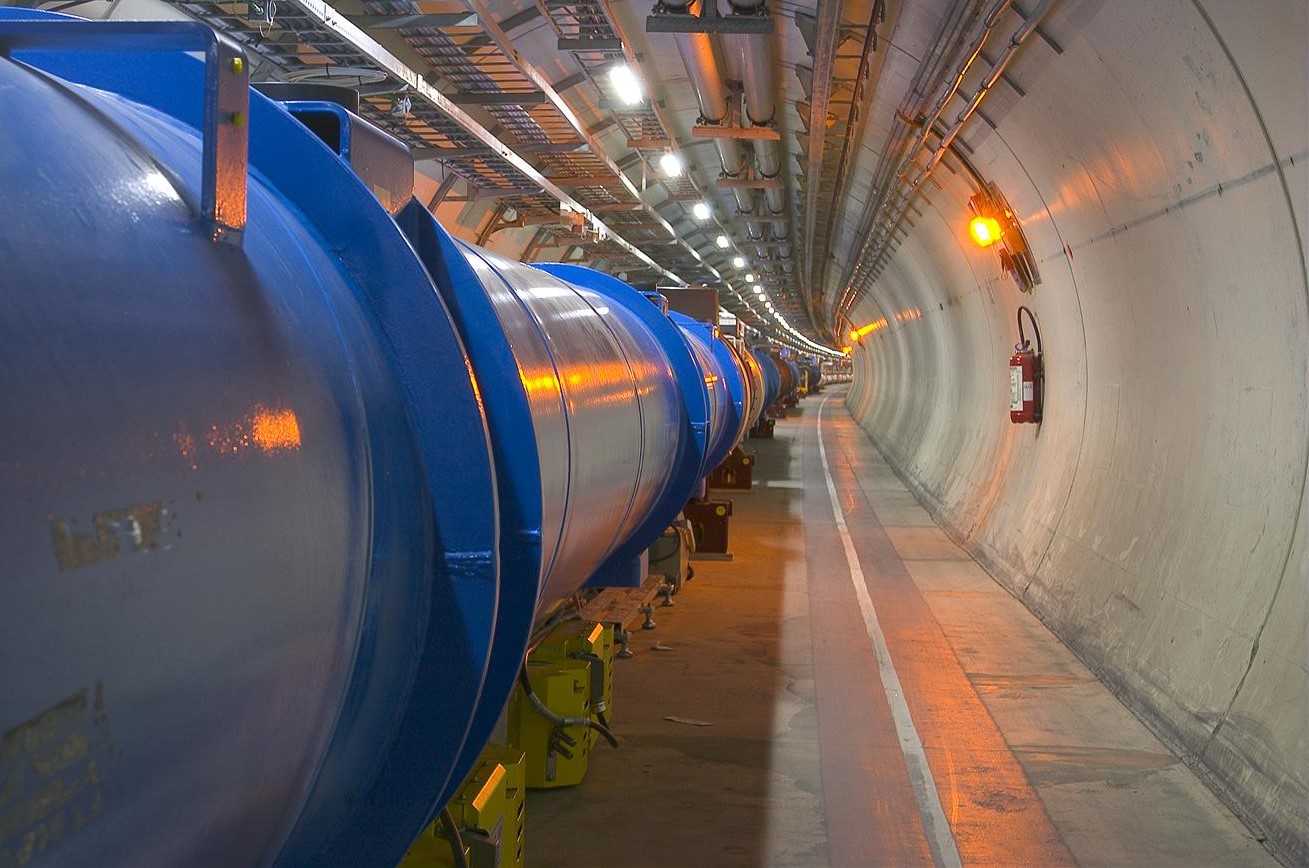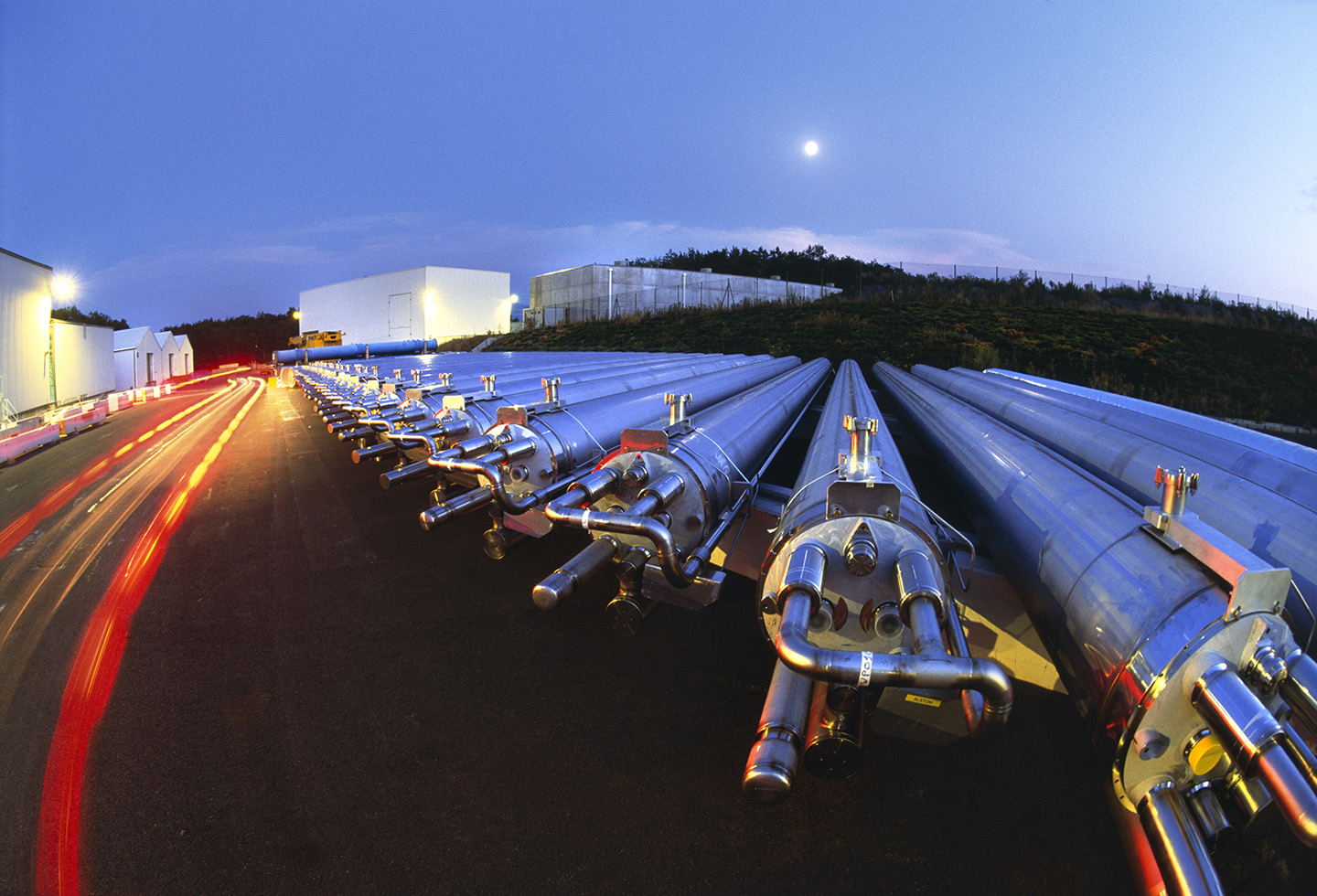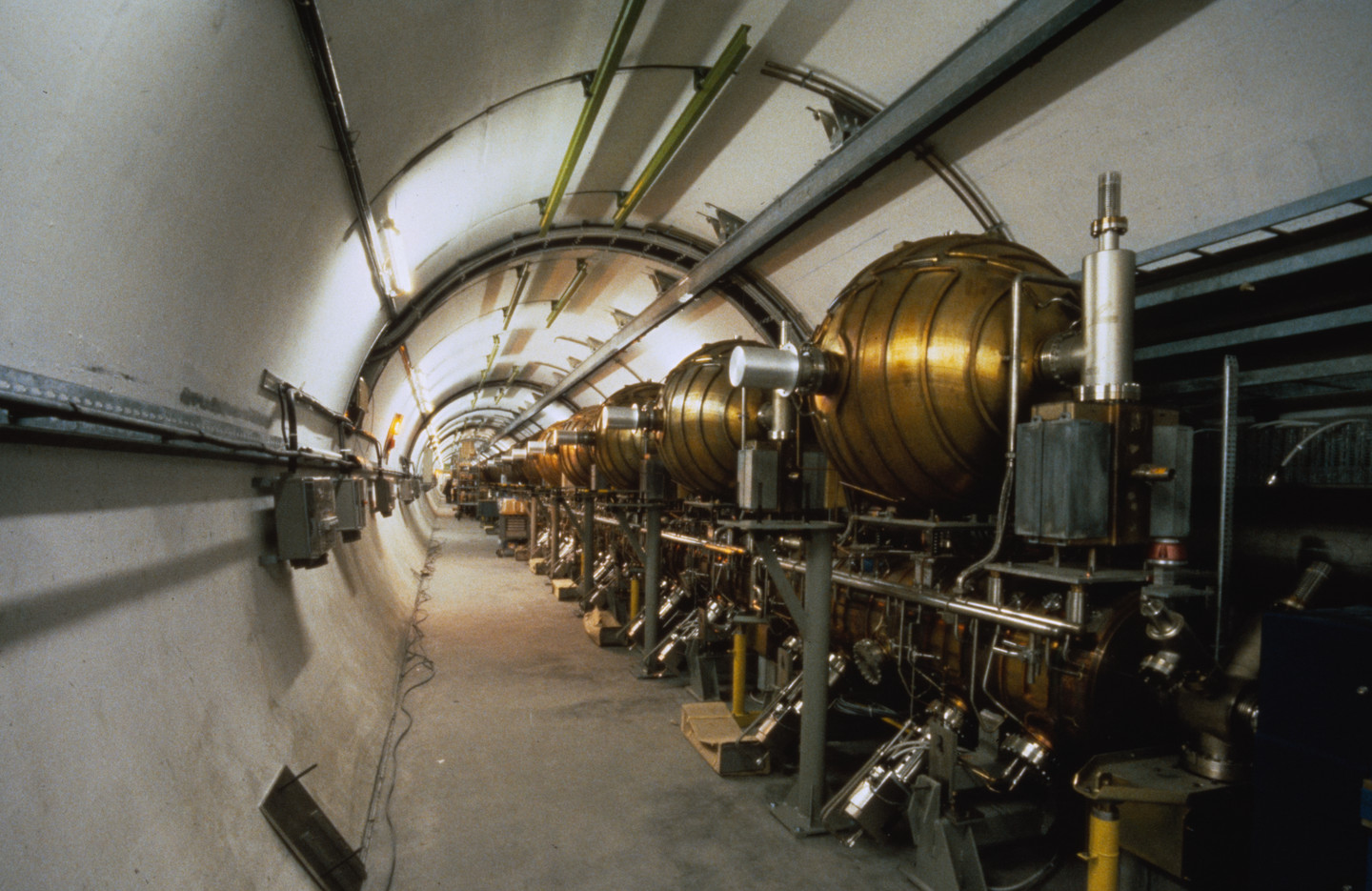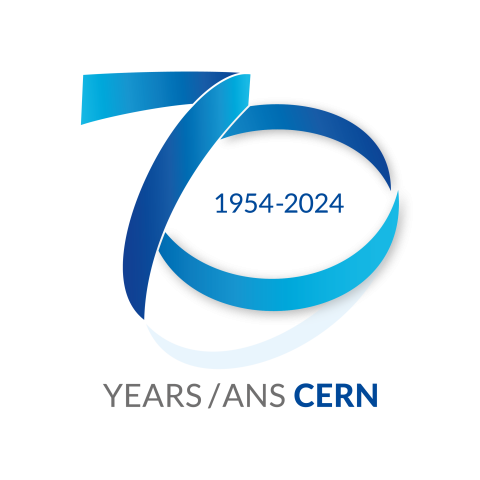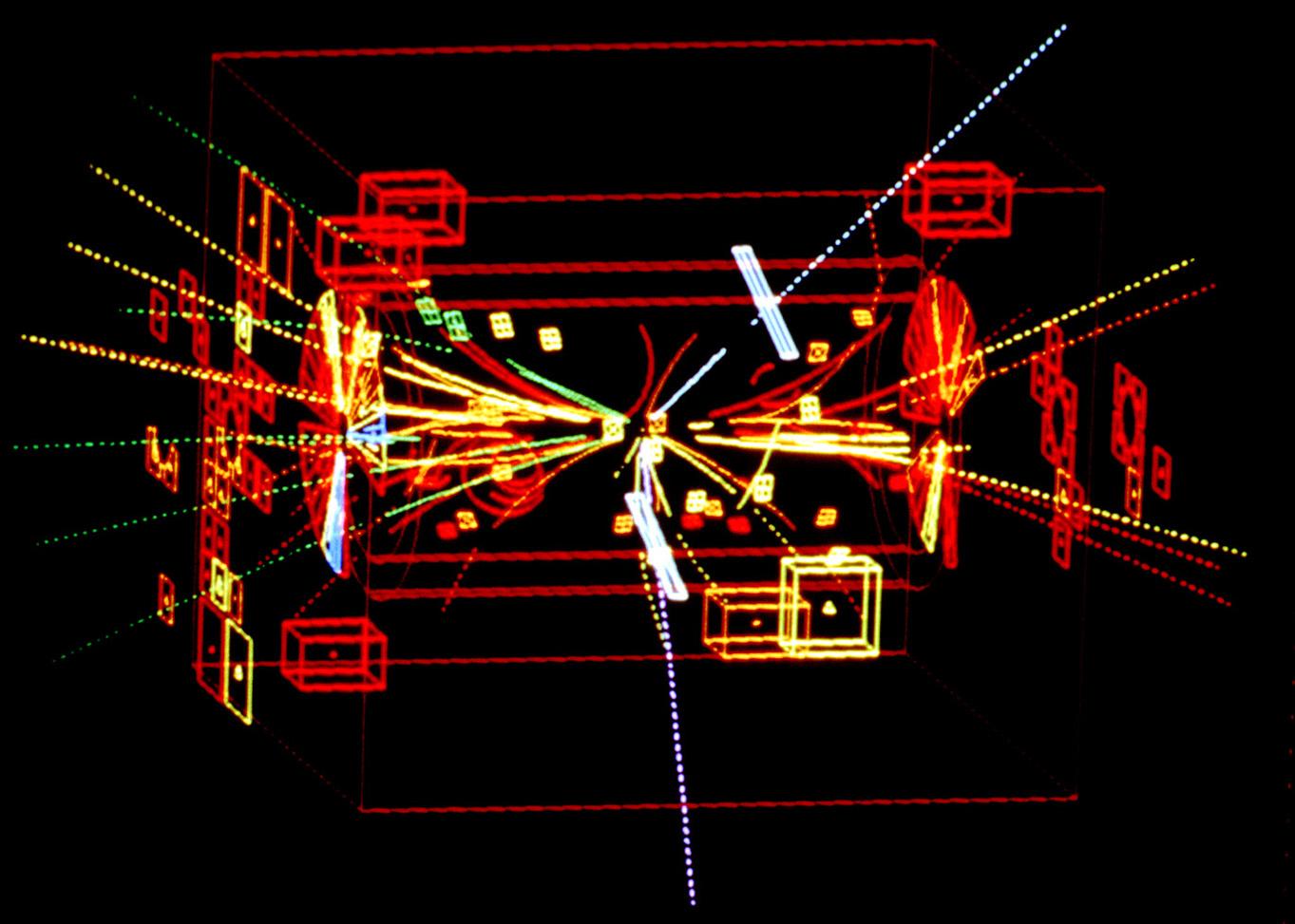Article
-
Preparing for the future
Advancements in fundamental knowledge have always been driven by a dialogue between theory and experiment. Theory sometimes opens up new avenues of exploration, which experimentalists then venture into and either validate them or, on the contrary, find a new direction for their research. Experimentalists sometimes produce a completely unexpected result that requires an explanation, a
-
Continuing CERN’s legacy of open science
The values of open science have always been at the heart of CERN’s mission, ever since the Organization’s inception. The CERN Convention, signed at UNESCO in 1953, states that “the results of [CERN]’s experimental and theoretical work shall be published or otherwise made generally available.” Empowered by this early mandate, the research community at CERN has
-
Switching on the Large Hadron Collider
The beginning of the Large Hadron Collider (LHC) dates back to the early 1980s. CERN’s major accelerator, the Large Electron Positron Collider (LEP), was still in its study phase. But scientists were already considering using its 27 km tunnel for a proton collider. Hadron colliders were indeed extremely promising. CERN had developed revolutionary techniques with
-
Superconductors accelerate progress
The LHC, the largest superconducting machine in the world, demonstrates how particle physics and CERN have been a driving force in the development of superconductors. Superconductivity quickly emerged as a very useful property for high-energy physics. Since superconductors lose all electrical resistance below a certain, very low temperature, they are able to transport very high
-
Into the antiworld
For each particle, there exists an antiparticle with opposite properties, in particular electric charge. This has been well established, ever since Paul Dirac’s theoretical predictions in the late 1920s. Over the three decades that followed, scientists discovered the constituents that would make up an antimatter atom: the antielectron (or positron), the antiproton and the antineutron.
-
Where the Web was born…
In 1989, Tim Berners-Lee, a young scientist working at CERN, wrote a proposal for an information management system based on the Internet. At the time, few people really understood the significance of his seemingly abstract idea. Luckily, however, his supervisor and a few colleagues had the foresight to let him work on an invention that
-
Green light for LEP
The Large Electron Positron collider (LEP) project was first presented to the CERN Council in June 1980, following the development of several concepts at different energies and lengths. The project envisaged an energy of 50 gigaelectronvolts (GeV) per beam and a circumference of 27 km, using the Proton Synchrotron (PS) and Super Proton Synchrotron (SPS)
-
Coming together to celebrate CERN70
This year has seen a wealth of activities for CERN’s 70th anniversary. More is to still to come, including the CERN70 Community Event on 17 September CERN’s 70th anniversary is a remarkable milestone, and celebrations at CERN and across Member and Associate Member States have been taking place since the official launch in January 2024.
-
The end of the alphabet
In 1983, CERN reached the end of the alphabet when the Laboratory announced the discovery of the long-sought W and Z particles. The announcement was so momentous that, the following year, the two scientists behind the discovery received the Nobel Prize in Physics. In 1984, Carlo Rubbia, the instigator of the conversion of the Super
-
The Laboratory takes shape
Part 2 of the CERN70 feature series Franco Bonaudi, one of the pioneers of CERN’s accelerators, looks back at the Laboratory’s early years, during which everything had yet to be invented

